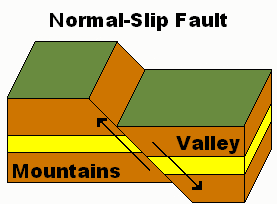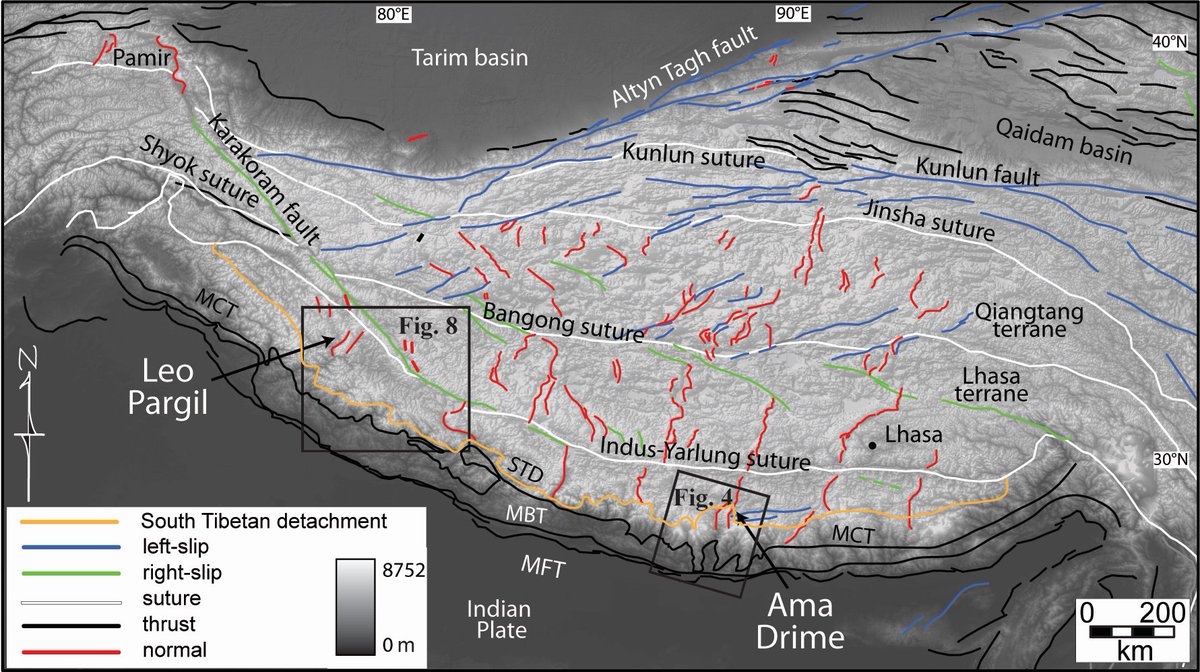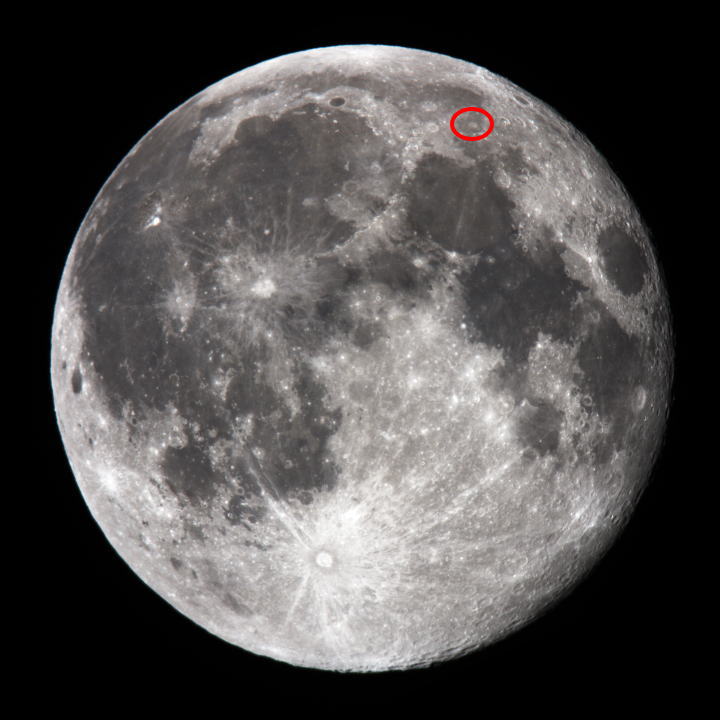Why are there #earthquakes in Salt Lake City?
geology.utah.gov/map-pub/survey…



en.wikipedia.org/wiki/Basin_and…

academic.emporia.edu/aberjame/stude…

earthobservatory.nasa.gov/images/46194/i…

ugspub.nr.utah.gov/publications/p…

commons.wikimedia.org/wiki/Wasatch_R…

nps.gov/media/photo/ga…

nps.gov/media/photo/ga…

commons.wikimedia.org/wiki/File:Nasa…

researchgate.net/figure/Schemat…

researchgate.net/publication/24…

speakingofgeoscience.org/2013/08/28/mid…

Something like that probably began in Nevada as early at 60 million years ago, with small normal faults forming.
pubs.usgs.gov/gip/dynamic/Fa…

Once this happened, it set up a new fault system that eventually grew into the modern-day San Andreas fault system.







